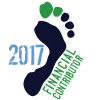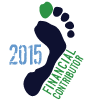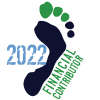Hey all. I was wondering, in your experience or what you have seen over and over, what is the biggest contributing factor to TMTS?
Is it exclusively trying to add too many miles too quickly or trying to run too fast too soon? Or is it strictly a combination of the two? Or is it unique to each individual?
I was wondering if I did not try to run "hard" if I could add more mileage with less chance of TMTS? I know it is probably based on each individual, but I was wondering if any of you had noticed patterns?
Is it exclusively trying to add too many miles too quickly or trying to run too fast too soon? Or is it strictly a combination of the two? Or is it unique to each individual?
I was wondering if I did not try to run "hard" if I could add more mileage with less chance of TMTS? I know it is probably based on each individual, but I was wondering if any of you had noticed patterns?














